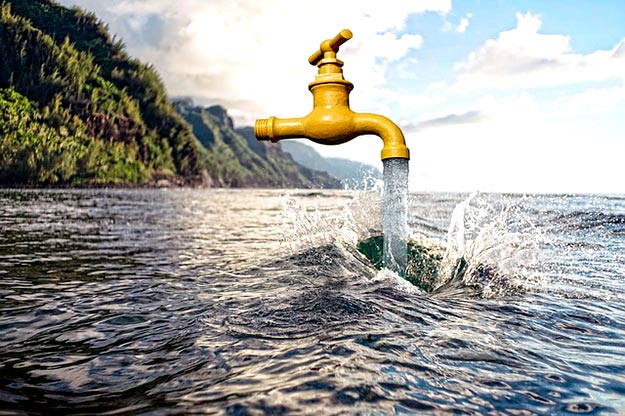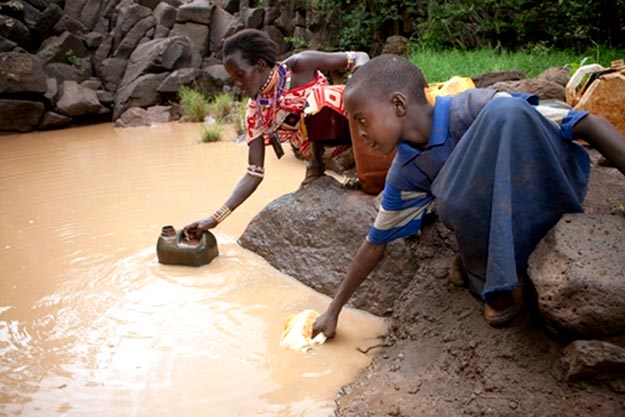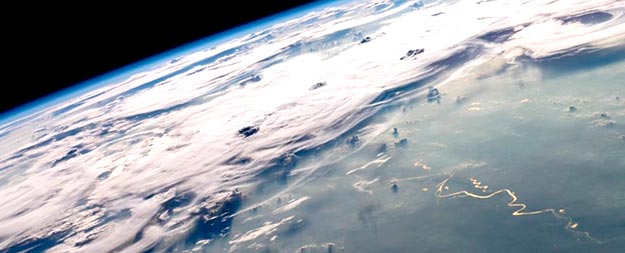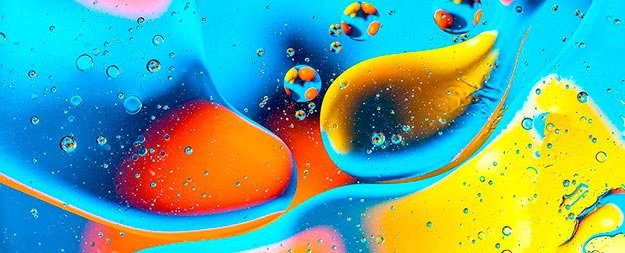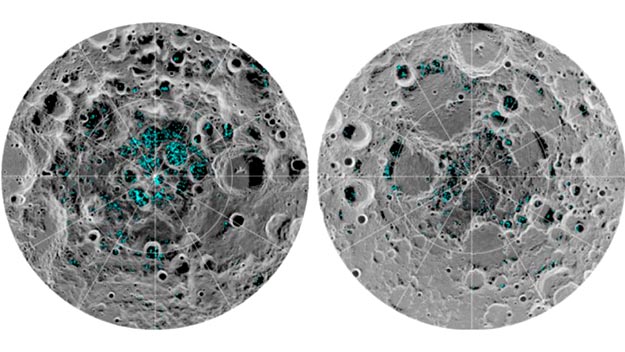From the NATIONAL SCIENCE FOUNDATION and the “tree huggers nightmare” department
Billions of gallons of water saved by thinning forests
Too many trees in Sierra Nevada forests stress water supplies, scientists say
There are too many trees in Sierra Nevada forests, say scientists affiliated with the National Science Foundation (NSF) Southern Sierra Critical Zone Observatory (CZO).
That may come as a surprise to those who see dense, verdant forests as signs of a healthy environment. After all, green is good, right? Not necessarily. When it comes to the number of trees in California forests, bigger isn’t always better.
That’s in part because trees use lots of water to carry out basic biological tasks. In addition, they act as forest steam stacks, raking up water stored in the ground and expelling it as vapor into the atmosphere, where it’s accessible to humans and forest ecosystems only when it falls back to Earth as rain and snow. Read more

